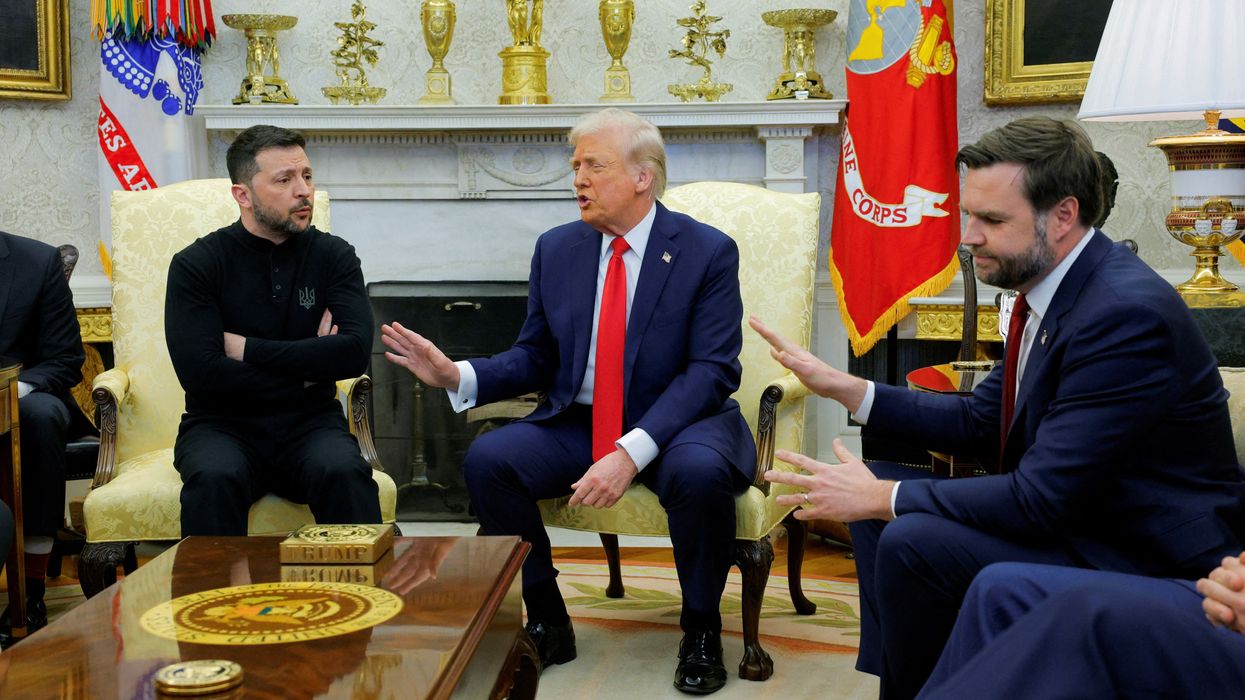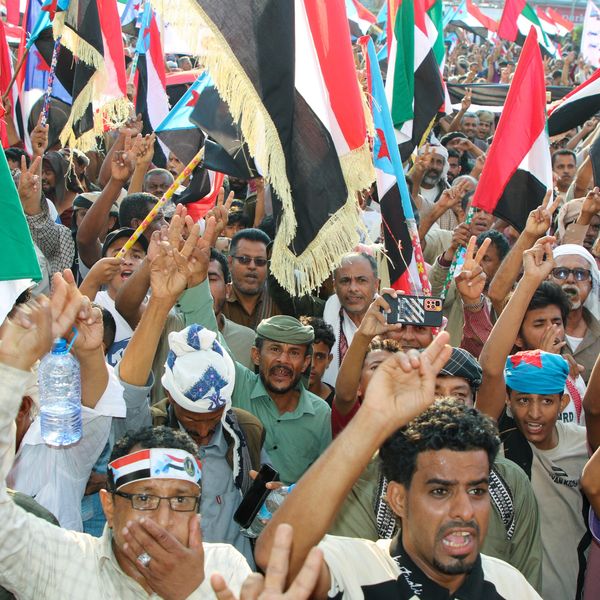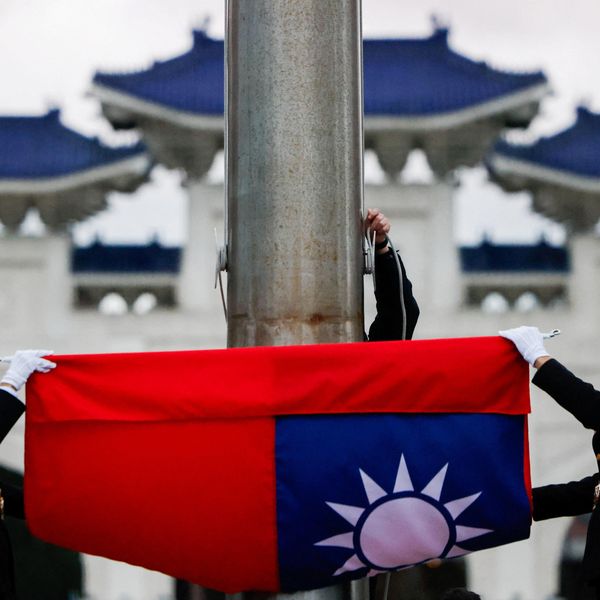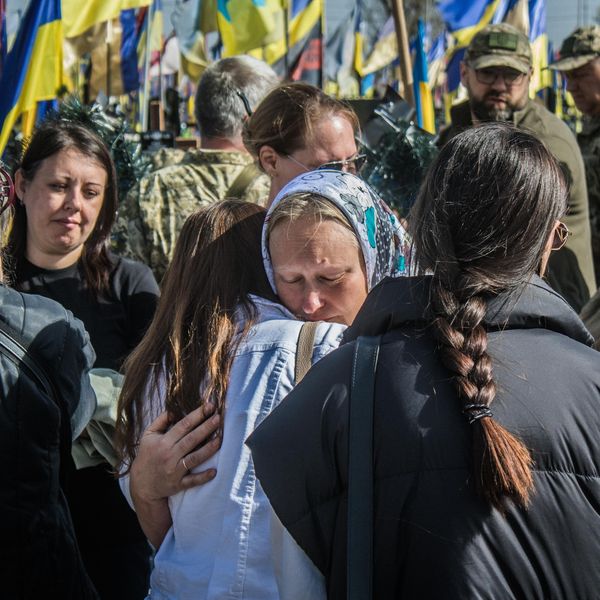The most unsettling book I have ever read is “The 2020 Commission Report on the North Korean Attacks Against the United States,” by Jeffrey Lewis.
As the title suggests, it’s an alternative history in which the diplomacy between Donald Trump and Kim Jong Un goes terribly wrong. While Lewis criticizes Trump and Kim’s style of governing, the story is not about a mad king destroying the world. Instead, it demonstrates how governments concerned with their own interests and survival can misread each other’s signals and accidentally escalate beyond the point of no return.
A new book, “Nuclear War: A Scenario” by Annie Jacobsen, promises to provide the same kind of realistic, unsettling scenario. Based on dozens of interviews with former officials, Jacobsen plots out minute by minute and second by second how a nuclear exchange would happen.
She illuminates — at least as far as her sources are legally allowed to — the processes that govern American and Russian nuclear command and control. The reader learns what alarms would go off in which control rooms, what orders would have to be spoken to which officials, and which keys would have to be turned in which silos during an apocalypse. It is supposed to worry the readers.
The book falls short of that goal. It treats nuclear war as an incomprehensible horror, rather than something human beings plan to do to each other for human reasons, and focuses on the most unlikely scenarios. For all the action-movie details about nuclear weapons being deployed, Jacobsen fails to explain how or why a nuclear war might start. In other words, she treats nuclear annihilation like an asteroid strike or a bear attack, something that is scary to picture but fundamentally impossible to predict or stop. So why should the reader worry about it in day-to-day life?
“With time, after a nuclear war, all present-day knowledge will be gone. Including the knowledge that the enemy was not North Korea, Russia, America, China, Iran, or anyone else vilified as a nation or a group,” Jacobsen concludes. “It was the nuclear weapons that were the enemy of us all. All along.” Perhaps that’s a call to abolish nuclear weapons. If so, Jacobsen doesn’t provide any reason to believe that might happen.
And by juxtaposing the murderous insanity of nuclear war with the sleek efficiency of the institutions designed to fight one, Jacobsen might have hoped to jar her readers. Instead, the book comes off as a demented combination of anti-war pamphlet and U.S. military recruitment ad. (“The function of NATO is to further democratic values and peacefully resolve disputes,” comes right after a graphic description of everyone in Washington burning to death.) The only real coherent point it makes is how little time world leaders have to deliberate and react to a nuclear launch—which is certainly an important problem.
But again, Jacobsen does not explain why they might be faced with such a problem. “Nuclear War” focuses on a “Bolt out of the Blue” scenario, the U.S. military’s term for a complete surprise attack. Although that kind of attack might be “what everyone in DC fears the most,” according to a former assistant secretary of defense who speaks to Jacobsen, it is the least likely fear to come true. As Jacobsen herself admits, an unprovoked nuclear first strike would be “national suicide” for any country that launches it. What kind of a madman would do that?
Her answer is Kim, the North Korean ruler. “In this scenario, we don’t know why the North Korean leader chose to launch a Bolt out of the Blue attack against America, but paranoia almost most certainly played a role,” Jacobsen asserts. She throws out a theory about Kim feeling slighted by satellite photos of North Korea at night. To show how Kim fits the bill of a “nihilistic madman,” the book cites examples of how oppressive the North Korean system is. Oppressive, however, doesn’t mean suicidal. If Kim lives lavishly while his citizens starve, shouldn’t he want to keep that arrangement going?
Jacobsen misrepresents the purpose of the North Korean nuclear program by glossing over its history. The Clinton administration, she writes, tried to convince North Korea “to abandon the [nuclear] program in exchange for economic benefits. The result was nil.” In reality, North Korea did agree to the deal, which broke down a decade later. Believing that North Korea was about to collapse, the Clinton administration implemented it only halfheartedly. North Korea, of course, shirked its own obligations in return, provoking the Bush administration to tear up the deal completely.
The supervillain theory of geopolitics, in which America’s enemies are plotting to destroy the world for fun, doesn’t make sense. China, Russia, and North Korea all oppose the U.S.-led world order due to their specific national interests. For all of those countries, nuclear weapons are the ultimate life insurance policy. The real danger posed by North Korea lies in the Kim dynasty’s rational fears; they know that they are quite vulnerable to both internal and external enemies, so their threat calculus likely leaves little room for error.
The “2020 Commission Report,” on the other hand, lays out the kind of crisis that might push things over the edge. After a North Korean radar crew mistakes a malfunctioning South Korean airliner for a hostile bomber, fighting breaks out on the peninsula. The Trump administration believes that, through threatening bluster, it can force North Korea to stand down and restore calm. Instead, the threats convince Kim that a regime change war has already begun, and that he must show strength to force the United States to back off. That scenario — a series of “normal” mistakes adding up to an extreme outcome — makes more sense to worry about than an unlikely bolt out of the blue.
Strangely enough, Jacobsen also describes American policy as irrationally genocidal. She quotes John Rubel, a former U.S. defense official who sat through the secret unveiling of the Single Integrated Operational Plan, the 1960 plan for a “general nuclear war.” Years later, a guilt-stricken Rubel compared himself and the generals in the planning room to the Nazis who plotted the Holocaust, according to Jacobsen. After all, the Single Integrated Operational Plan called for the murder of hundreds of millions of civilians, many of them random bystanders in third countries, not counting the Americans who would be obliterated in retaliation.
Daniel Ellsberg, another defense planner from the 1960s, had a similar reaction when he read the death estimates. “This piece of paper should not exist,” he remembered thinking in “The Doomsday Machine,” his 2017 memoir. “It should never have existed. Not in America. Not anywhere, ever. It depicted evil beyond any human project ever. There should be nothing on earth, nothing real, that it referred to.” Ellsberg, who died in 2023 and whose parents were Jewish, called it a scheme for “a hundred Holocausts.”
“The Doomsday Machine,” however, goes beyond his immediate reaction to explain why such evil does exist in the world. In the 1930s and 1940s, military planners around the world had come to accept that “strategic bombing,” the destruction of enemy cities from a distance, would be the best way to end wars quickly. When the atomic bomb was created, the U.S. military simply thought of it as a more efficient version of the firebombs it was already dropping on German and Japanese cities. For a couple decades after World War II, planners continued to believe in the possibility of a “damage-limiting” nuclear strike, of wiping out the enemy’s weapons in order to save cities at home.
After many close brushes with nuclear war, world leaders slowly developed the understanding that nuclear weapons were a completely different kind of weapon. And these close brushes, for the most part, were not random or irrational events. Incidents like the 1962 Cuban missile crisis were the result of politics, when one superpower pressed its advantage too hard and set off its rival’s survival instinct. Even a 1983 false alarm in Moscow that Jacobsen mentions, the closest thing to a real-life bolt out of the blue scenario, came amid rising U.S.-Soviet military tensions in Europe.
The knowledge that mass murder can be a product of normal human motivations is depressing. Yet it’s also a relief. Nuclear war is not an inhuman force like an asteroid or a bear. It is a political problem with political solutions. There are many steps that world powers can take — even short of abolishing nuclear weapons — to reduce the risks, by communicating and respecting each other’s existential fears. Ellsberg, for example, called on the United States and Russia to at least deactivate the weapons designed for a first strike and take forces off of hair-trigger alert.
The enemy is not, as Jacobsen writes, any specific vilified nation. But it is not the nuclear weapons, inanimate objects sitting in silos, either. The problem is us. Nuclear weapons, like every other nasty implement of war, are a means to a human end.
















